300 Hours Yoga TTC


300 hour yoga teacher training in Rishikesh, India
The next level 28 Days 300 Hour Advanced Yoga Teacher Training certified by Yoga Alliance U.S.A. in Rishikesh India based on Hatha and Ashtanga Yoga At Rishikesh Yog Sansthan. Rishikesh Yog Sansthan offers Advanced 300 hour yoga teacher training. The 300 Hour TTC is an experiential and extensive training where you will acquire many different tools on teaching, anatomy, asana, philosophy, and more. This is a 4 weeks of advanced Yoga Teacher Training program, for those who have already achieved, the qualification of RYT 200 hours.
The 300-hour yoga teacher training course is a complete residential multi style yet traditional Hatha yoga course, running for the duration of 4 weeks. It expands on the knowledge learned in the 200-hour, to elevate your skills and deepen your understanding of yogic principles. Course fee includes food and accommodation. On successful completion, you will be a certified yoga teacher with RYS 300 – Yoga Alliance USA, after the certification of 300 Hour Yoga TTC students must register them selves with Yoga Alliance before they may use the “RYT” designation Welcome to the practice of yoga With Rishikesh Yog Sansthan,where our team of highly qualified educators will guide and suport you on this wonderful journey of discovery into your body and yourself that will help you find your fullest potential physically, mentally, emotionally, and spiritually.
300 Hour Yoga Teacher Training in India Syllabus
Subject-1: Teaching Techniques and Practice
Chapter-1: Yoga Techniques
Objective:-
Student will learn how to reschedule the practices with ability of participant.
- Yoga scheduling for different age groups and duration of trainings.
- Multiple ways of conducting the yoga in life.
- Retreat and relevant schedule, outing and relevant schedule, festival celebration and relevant schedule, ashram visit and relevant schedule will be explained and trained.
- Adjustments and alignments of each technique will be taught in every session. Students will be guided to prepare their own schedule which can be used for the final exam. Throughout the second week they can get an idea to start teaching by one to one method. Third week group teaching and finally exam.
Chapter-2: Yoga Training
Objectives:-
To make out the difference between correct adjustment, alignment and correction techniques of each asana.
To make the difference between traditional yoga and all other yoga styles.
To build the confidence in students through pair practice and team practice.
- Hatha Yoga
- Flow Yoga
- Ashtanga Vinyasa Yoga
- Acro Yoga
- Kids Yoga
- Geriatric Yoga
- Styles of Yoga
- Concepts of Ashtanga Yoga
Chapter-3: Yoga Practices
Objectives:-
To experience each and every practice under the guidance of teacher.
To gain the confidence of teaching.
3.1 Standing Asana:-
- Utkatasana
- Vrikshasana
- Garudasana
- Tadasana
- Padangushtasana
- Padahastasana
- Trikonasana
- Parswakonasana
- Parivritta trikonasana
- Parivritta Parswakonasana
- Ardha chakrasana
- Prasarita padottanasana
- Veerabhadrasana
- Hastottasana
- Natarajasana
3.2 Sitting Asana:-
- Siddhasana
- Siddha yoni asana
- Swastikasana
- Padmasana
- Bhadrasana
- Virasana
- Simhasana
- Gomukhasana
- Matsyendrasana
- Vajrasana
- Ushtrasana
- Paschimottanasana
- Janu Sirshasana
- Navasana
3.3 Prone Lying Asana:-
- Salabasana
- Naukasana
- Dhanurasana
- Makarasana
- Bhujangasana
3.4 Supine Lying Asana:-
- Padottanasana
- Supta Padangushtasana
- Sarvangasana
- Halasana
- Karna pidasana
- Uttana Padmasana
- Matsyasana
- Balasana
3.5 Advance Asana:-
- Mayurasana
- Kukkutasana
- Kurmasana
- Mandukasana
Chapter-4: Teaching Practice
- Demo method: Sequence, with open or closed eyes, relaxed or not, deep or shallow breath, synchronization of breath and movement, Drishti (focusing point).
- Practical method: Performance of asked practice with instructions (asana, kriya, Pranayama, mudra, bandha, meditation), any advance practice, any one practice of personal choice.
- Lecture method: Specific topic, its relevance to life.
- Different ways of instructions as below
| SN | Counting Tool | Counting Method |
|---|---|---|
| 1 | Numerical | 1, 2, 3, ……, 30 |
| 2 | Breath Inhale, exhale, inhale | …….5 exhale |
| 3 | Numerical with adjustment | 1, 2, inhale rise a bit, exhale bend further, 5, 6, … |
| 4 | Numerical with corrections | 1, don’t bend the knee, 3, shoulder position, 5, ….. |
| 5 | Numerical with benefits | 1, 2, 3, it improves concentration, 6, 7… |
| 6 | Numerical with helping technique | 1, 2, 3, 4, 5, take the help of ankles, stretch the upper body, 10, 11, 12, 13, feel the equal pressure, 15, 16,.. |
| 7 | Numerical with appreciation | 1, 2, 3, well done, 5, 6, 7, continue, 9, 10, …… |
| 8 | Numerical with resembles of daily usage | 1, 2, 3, helps for long standing times, 6, 7, it helps during lifting weights, 8, 9, 10, helps for self-awareness. |
Sample Practical Session:-
- Step-1: Starting prayer
- Step-2: Kriya
- Step-3: Loosening practices
- Step-4: Namaskaras (Warm-up)
- Step-5: Standing asana
- Step-6: Sitting aasna
- Step-7: Prone Lying asana
- Step-8: Supine Lying asana
- Step-9: Relaxation
- Step-10: Bandha
- Step-11: Pranayama
- Step-12: Mudra
- Step-13: Meditation
- Step-14: Closing Prayer
- Step-15: Question and Answers
Subject-2: Teaching Methodology (TM)
Chapter-1: Introduction
Objective:-
To clear the students about the differences between all yoga techniques.
- Interaction and group discussion of all teachers.
- Team teaching with single concept.
- Reducing the diversity of subjects and make students comfortable in learning process.
- Graded training in each session of yoga techniques.
- Graded training as per personal stamina.
Chapter-2: Yoga Teaching Methods
Objectives:-
To encourage the creativity of method of teaching as per the stamina of student or timing of the day or place of practice.
- Simple classroom arrangements.
- Personal conduct in the classroom.
- Open discussion on Yoga module & Yoga schedules
- Structuring the Yoga sessions.
- Alignments & adjustments of all yoga techniques
- Silent demonstration skills.
- Maintenance of Tone or Voice.
- Stepwise instructions.
- Points of Perception- with instructions, with benefits, with numbering, with breaths.
- Group teaching
- Pair practice
- Solo practice with alarm.
Chapter-3: Self-Assessment Methods
- Asana/ Yoga Postures Experiment: Scheduling for different age, time, place.
- Pranayama/ Breathing Practices Experiment: Prana and its awareness
- Yoga Gestures/ Mudras Experiment: Yoga mudra, Maha Mudra duration.
- Yoga Bandhas/ Energy Lock Experiment: Hunger, Thirsty, Digestion processes
- Dhyana/ Meditation Experiment: Pranic Energization with a plant
- Relaxation Techniques Experiment: Conduct a full session
- Shatkarma/ Yoga Cleansing Techniques Experiment: Progression in acceptance and contentment.
Subject-3: Anatomy & Physiology
Chapter-1: Yoga Anatomy
Objectives:-
To provoke the understanding of yoga asana from physical level to personality change.
To explore “Prana” and experience its manifestations beyond physical body.
To correlate the modern scientific base and yogic techniques.
- Digestion & Fire; Basics and related yogic practices
- Respiration & Prana; Basics and related yogic practices
- Circulation & Vyana; Basics and related yogic practices
- Nerves and Mind; Basics and related yogic practices
- Hormones & Chakras; Basics and related yogic practices
- Biomechanical concepts of yoga techniques.
- Stay in the final pose with the meaning of "Stiram Sukham Asanam" and "Manah Prasamanopaya".
- Integration of asana, breath, focussing point.
- Ayurveda concepts
- Personality according to Ayurveda, scriptures
- Yogic Diet
- Experiment: Range of Motion (ROM), Expiratory flow volume, Heart rate variation, Circadian Rhythm.
Chapter-2: Technology in Yoga Anatomy
Objectives:-
To get the view of internal body alignment.
To understand the disorder of body better.
To write self-experience as assignments in the self-assessment.
- Audio-Visual movie and explanation of modern view of human joints in asana.
- Explanatory colourful material for muscles & asana.
- Awareness and Breathing relevant to Yoga asana practice
Subject-4: Yoga Philosophy (YPLE)
Chapter-1: Ethics and Code of conduct
Objectives:-
To protect the student from any sort of class room injury.
To protect students from social accidents like unknown places.
To protect students from unhygienic food from surroundings.
- We explain the life style within and outside of class room.
- Ethical considerations within team and locality.
- Students will be requested not to personally go for exploring the mountains.
- Students will be guided to follow the schedule as the map of their course.
Chapter-2: Yoga Lifestyle
Objectives:-
To know the existence of life.
To correlate the environment around with the philosophical background of life.
To cultivate the acceptance and learn to live in reality as Saints.
- Introduction to yoga- Definitions and History
- Drishti, Panchakosha, Sapta dhatus
- Patanjali Yoga Sutras
- Bhagawad Gita
- Chakras, Emotions & 5 Senses
- Prana, Trigunas
- Jnana Yoga, Bhakti Yoga
- Experiment: Skit of any sage life.
Chapter-3: Yoga and Environment
Objectives:-
To understand the value of life on this Globe and know the personal contribution.
To understand the relation with the 5 elements outside and inside the body.
Understand the concept of Spirituality as, that emerges from within.
- Ashram visit: Joining the traditional school called Gurukulam at nearby ashram at river Ganga. It allows the learner to feel the actual way of learning and implementing yoga in life. The Yoga teacher also learns to see the self as beyond physical level.
- Ganga arti: Participating in the sacred activity of praying the river Ganga, one of the five elements as living God. This at the sunset times is called as Sandhya Vandanam can be learned practically under the guidance of our teacher who have lived in Gurukulam before joining this school.
- Kunjapuri: the most sacred places of Goddess Parvati, wife of lord Shiva are many on this globe. One of the famous is at the Peak Mountains of Rishikesh. It will be visited early morning to have the visit of temple and also to catch the first rays of Sun light. This is also famous as Sun Rise Temple.
- Rafting: The glory of river Ganga can be felt by taking a dip in it. If the scarcity obstructing such devotional activity, then the rafting will help to do such river bath. It is also pleasant to spend in the water between the green mountains, caves, rocks and beach.
- Camping: mountain life by saints can be felt by traveling to nearby forest life with school team and the Indian cooking styles. Adjusting ability starts from such camping life. Here the practices like asana, pranayama, meditation, bhajans, and different talents of students makes a different day from intense course at one week end of the course.
Subject-5: Yoga Practicum
Chapter-1: Yoga Detoxification Practices
Objectives:-
To desensitise the gastro-intestinal tract. To reduce the conflicts of Mind. To invoke the stamina and stability of mind-body interactions.
- Rubber-neti: Nasal cleaning using rubber cathedral
- Vamana Dhouti: Stomach cleaning using water
- Vastra Dhouti: Stomach cleaning using cloth
- Trataka: Gazing practice
- Kapalbhati: Cleansing the using respiratory tract
- Nauli: Intestinal churning
- Agnisara: Abdominal massage
- Basti: open discussion
- Shankha Prakshalana: Intestinal cleaning-Optional
Chapter-2: Prana/ energy Practices
Objectives:-
To experience the theoretical knowledge of these ancient techniques. To rule out the feasibility. To implement in different time zones, age zones, gender zones and general health.
Pranayama:-
- Yogic Breathing
- Ujjayi with Bandha
- Bhastrika with Asana
- Nadi – Sodhana
- Bhramari with Mudras
- Surya-Bhedi & Chandra-Bedi
- Sheetali & Sheetkari
- Moorcha
- Plavani- open discussion
Mudra & Bandha:-
- Shabhavi mudra
- Yoni mudra
- Prana mudra, Hridaya mudra
- Nasikagra, Khechari
- Vipareeta karini mudra
- Jalandhara Bandha, Uddiyana Bandha, Mula Bandha
- Maha Bandha, Maha Veda
Chapter-3: Mindfulness Practices
Objectives:-
To cultivate the intellect and spread to the other creatures.
To be with nature around and bring Bhakti yoga into daily life. To know the different celebration for handling Emotions.
- Mantra Chanting
- Vedic Chanting
- Bhajans
- Festival Celebration/ evolution of Yoga
- Advance Meditation
- Yoga Nidra
 Wi-Fi
Wi-Fi
 Jogging / Walking Path
Jogging / Walking Path
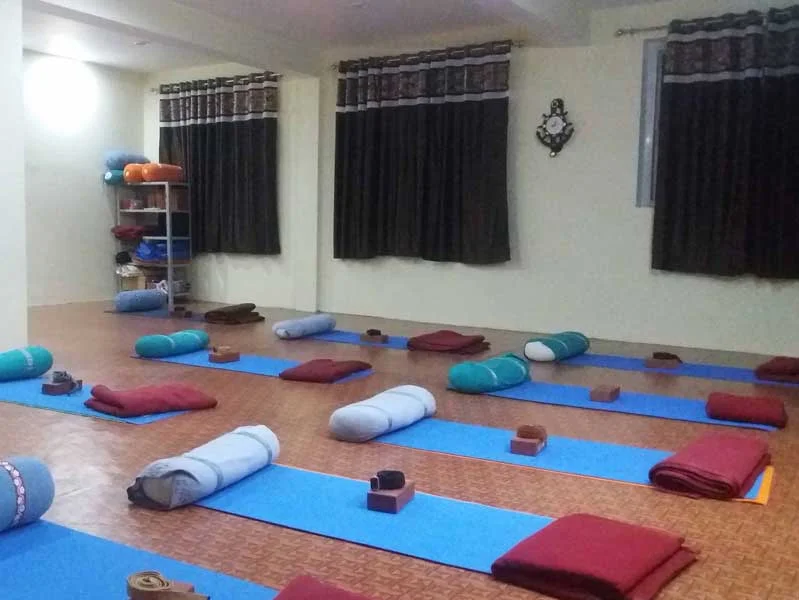

300 hour yoga teacher training in Rishikesh, India
The next level 28 Days 300 Hour Advanced Yoga Teacher Training certified by Yoga Alliance U.S.A. in Rishikesh India based on Hatha and Ashtanga Yoga At Rishikesh Yog Sansthan. Rishikesh Yog Sansthan offers Advanced 300 hour yoga teacher training. The 300 Hour TTC is an experiential and extensive training where you will acquire many different tools on teaching, anatomy, asana, philosophy, and more. This is a 4 weeks of advanced Yoga Teacher Training program, for those who have already achieved, the qualification of RYT 200 hours.
Package Inclusions
Package Exclusions
NA
How to reach
Airways Connectivity
Jollygrant DehradunRailway Connectivity
RishikeshRoadway Connectivity
RishikeshPrices From
$1,550
Prices From $1,550



 Please expect a free call back
Please expect a free call back
 3.5
3.5
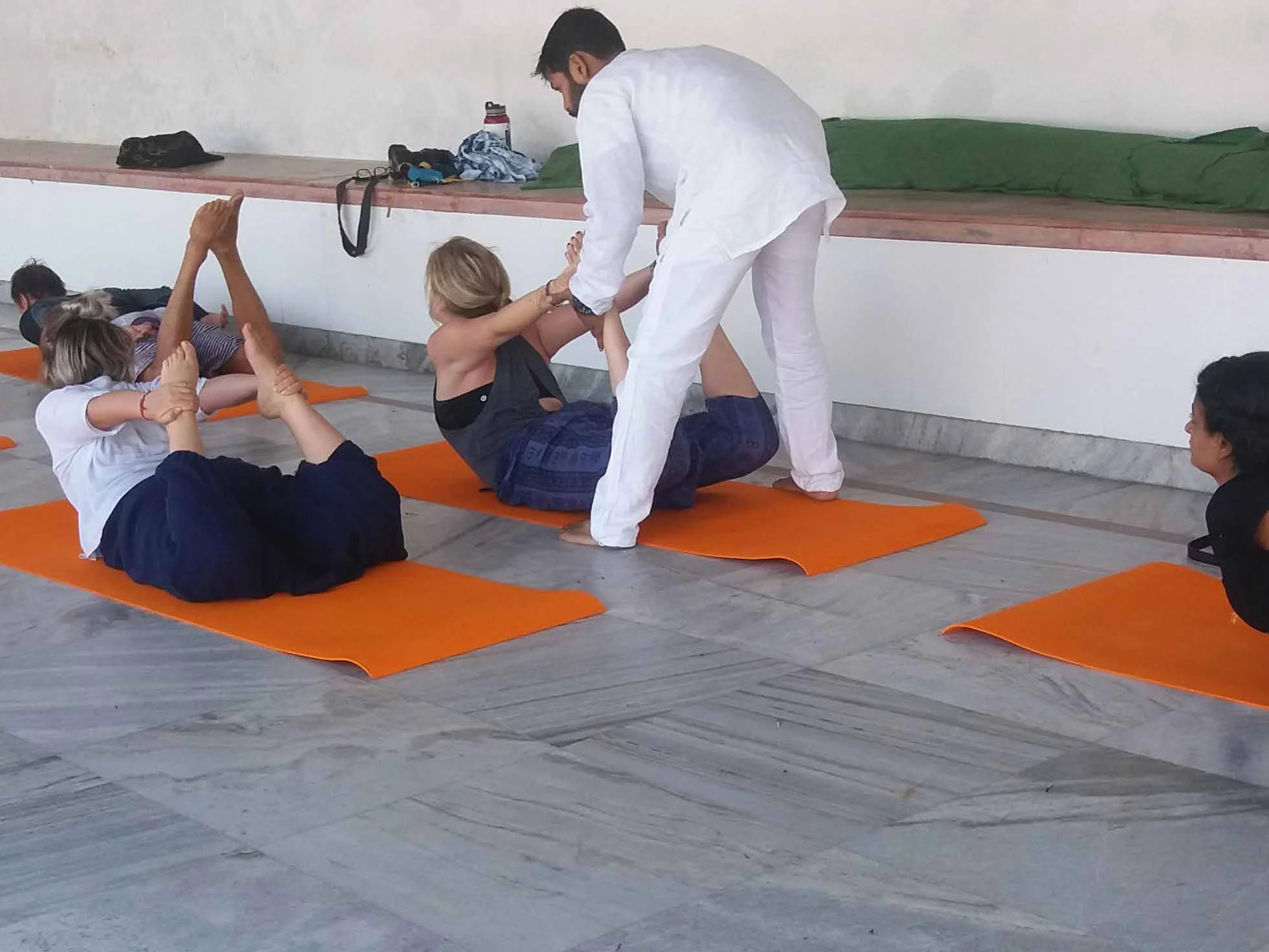
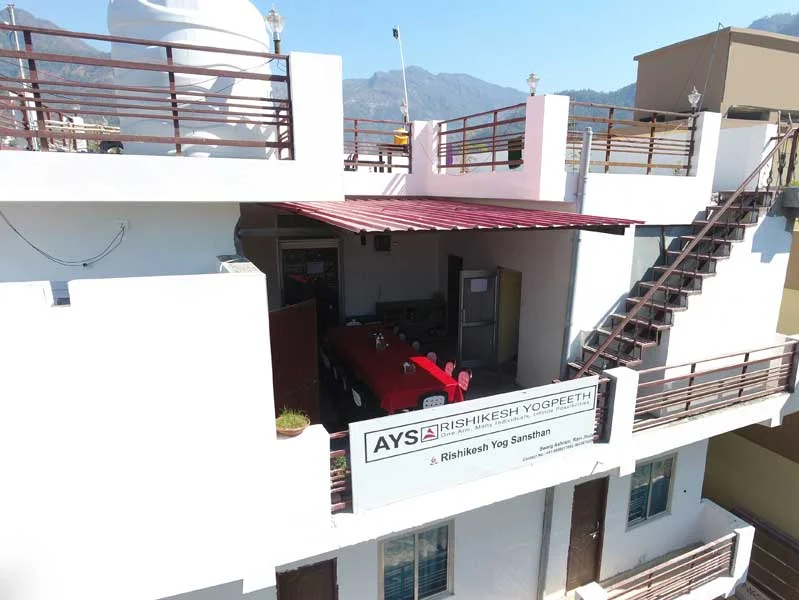
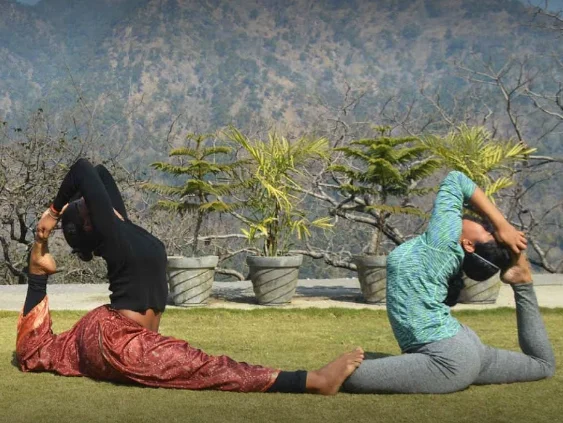
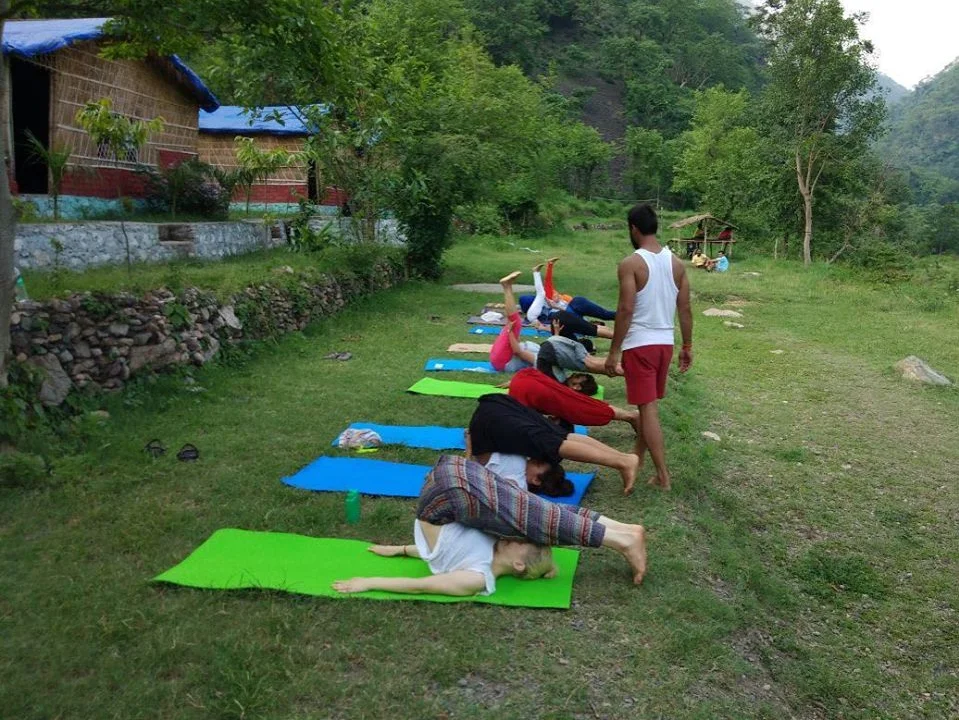
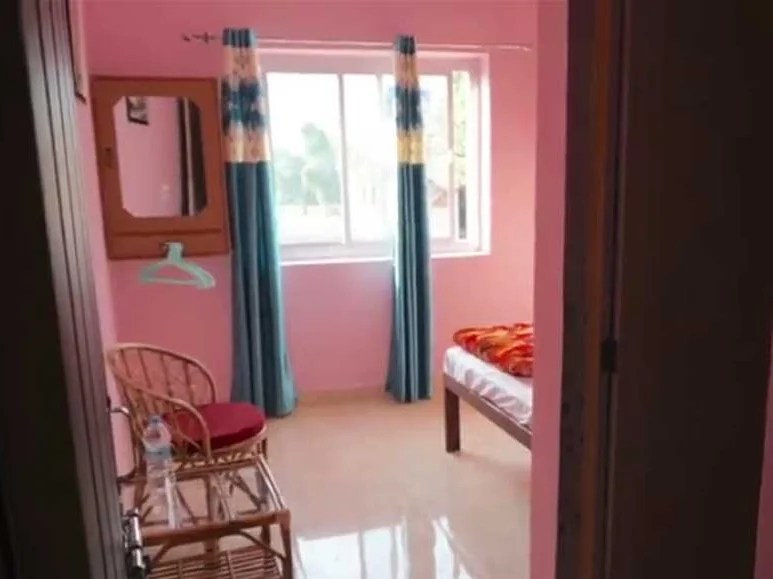
 2 person max
2 person max
 Wi-Fi
Wi-Fi
 Single Bed
Single Bed
 Western Style Bathroom
Western Style Bathroom
 In-Room Dining
In-Room Dining
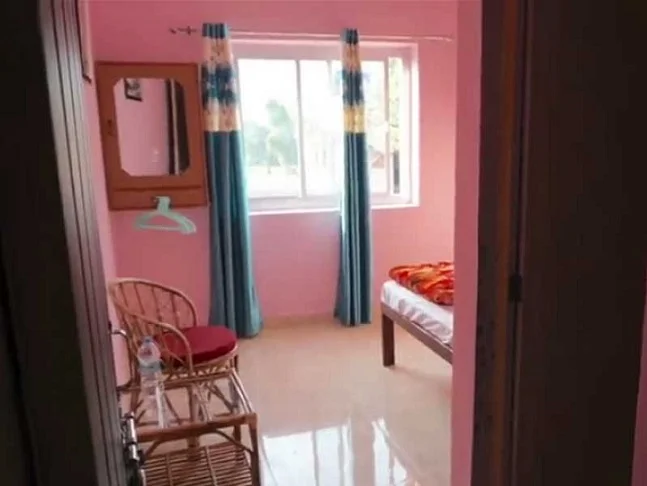
 Double Bed
Double Bed







 2 person max
2 person max
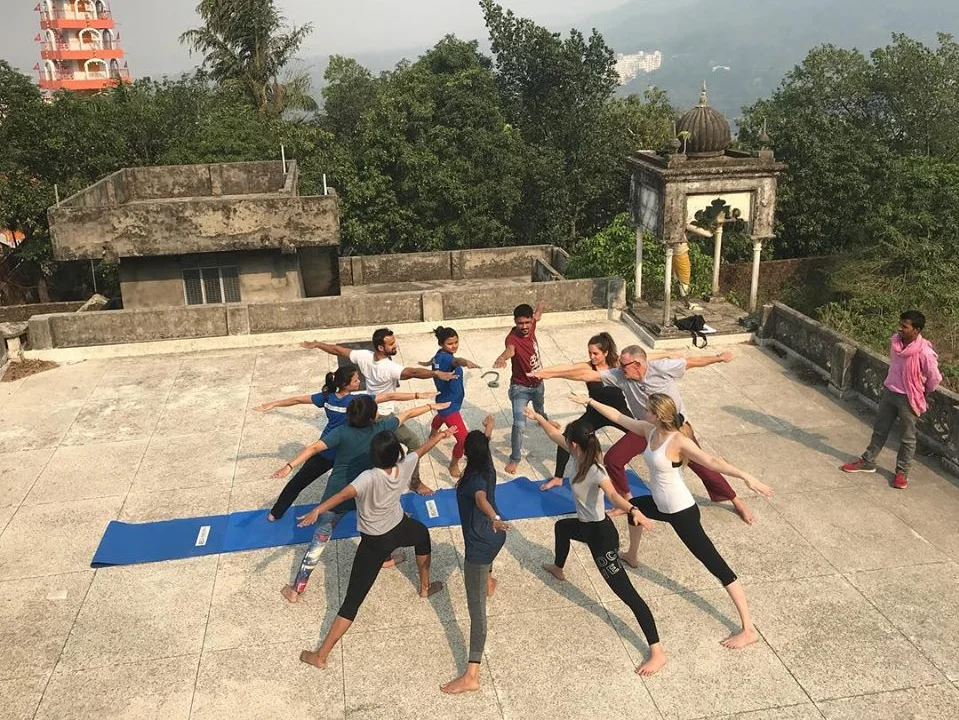
 2 Interested
2 Interested
 Badminton Court
Badminton Court